|
We managed to get an evening’s wargaming in over the Easter weekend. My son Nick is always happy to learn new systems so we agreed to try What a Tanker by the Too Fat Lardies. I had picked up the rules at Warfare in November along with a couple of MDF dashboards that the Rubicon team were selling. We took a Sherman and a Stug III G and set up a random table in the kitchen. We played three games in all, the first one as a cooperative venture to make sure we understood the rules. As it turned out we got the hang of the mechanics within the first couple of turns. We didn’t miss the absence of a quick reference sheet as this function is mostly fulfilled by the dashboard. Also the rules are nicely intuitive: you just have to remember what actions the dice stand for and any special rules for your AFV. We were very soon focussing on how to play, rather than on what the hell the rules meant. We also really enjoyed ourselves. For those who have yet to play the rules, the core mechanic is the roll of 6 dice for each vehicle at the start of its turn. Each result allows for one action (drive; acquire target; aim; fire; reload; and wild die). The player can play these dice in any order. A tank can lose dice, temporarily or for good, as a result of enemy fire. We found that being restricted by the dice rolls caused some frustration but not so much so as to spoil the enjoyment. In fact it created some exciting moments as a tank found itself unable to exploit a perfect opportunity. And not only do the action dice work well as a mechanic, they are a very effective antidote to the usual wargaming problem of the all-seeing player’s eye in the sky. And even a little reading of tank crew memoirs throws up many examples of the limitations on visibility and awareness for a crew shut up inside an AFV. Our games involved a lot of cat and mouse creeping around the field, each trying to get a shot in while taking maximum advantage of cover. We learned quite quickly that a flank or rear hit is far more effective than a hit on frontal armour. We also realised that it isn’t always smart to keep firing: that wild die might be better used to move back into cover at the end of the turn than to stay in the open and fire another round. We also agreed that a straight duel to the death between two tanks can lead to some strange behaviour, as each player hangs on in there for longer and takes more risks than would be sensible in reality. At one point we were following each other around a building, each hoping to land a rear shot. There is little incentive in the basic game to apply the principle of ‘shoot and scoot’! I guess the answer is to have more than two vehicles on the table and/or to create scenarios that encourage ‘historical’ behaviour. We agreed that What a Tanker is an elegant and exciting set of rules. In years gone by I think we would have called it a Beer and Pretzels game. I would mean that as a compliment.
1 Comment
I try to arrange a couple of multi player wargames a year and have started thinking about a theme for the next one. Period Choice of period mostly depends on what I have read most recently. This time I have gone Napoleonic, as I am thoroughly enjoying John R Elting’s Swords Around a Throne. This period is also a reliable choice for most other players. Rules Sam Mustafa’s Blücher rules have proved a good set for our multi player games, being easy to learn yet still atmospheric and satsisfying to play. Choosing a Battle I have selected Montmirail, 11 February 1814, the middle and largest engagement of the 6 Day campaign. We played and enjoyed it in the 1990s using Napoleon’s Battles. It is a three way battle with the French heavily outnumbered at the start, with numbers increasing through the day. It is also notable for the preponderance of Guard units in the French army so actually gives you a chance to use all those guard units in anger. Sources I started with F Loraine Petrie’s Napoleon at Bay, a clear and balanced analysis of the campaign. I also have the French language Napoleon, 1814 by Jean Tranié and JC Carmigniani. On line, I found an excellent source called les batailles, website address http://www.lesbatailles.com/page9/page9.html. This has a detailed and careful account with extensive orders of battle and clear maps. The Wikipedia article on Montmirail is ok but this includes some mistakes about the units present and its account of the battle is less clear. Creating the scenario At the standard Blücher game size, Montmirail comes out as a small engagement with few manoeuvre units on either side. But using the option for small scale scenarios, it becomes more interesting. Sam Mustafa is not worried by the constraints of fixed ground and time scales in Blücher but I still want a framework for scenario planning. Fortunately his previous grand tactical set, Grande Armée, was clearer on these issues so when Blücher is unclear I refer back to them. Since this is a small scale battle I settled for 1BW to equate to 150 yards. For time, I decided one hour would be represented by 4 game turns each. This is important for planning the arrival of reinforcements. The playing surface came out as follows on an 8x4 feet table, with 1BW of 150 yards being 3”. The Allies deploy at the top of the table and the French reinforcements arrive at the bottom. The grid is read as lettered columns and numbered rows (thus, Fontenelle is in box G1). The darker areas to the left are lower than their surroundings although the only time this matters is when units cross the contour line. Creating a reliable OOB is difficult at the best of times but even more so for 1814, when some Allied strengths had fallen drastically and bookkeeping for all armies, but especially the hastily assembled French forces, was sketchy. Accounts differ radically but I decided to trust the Batailles website as this seems very well sourced and argued. It also, to be frank, produces a game OOB that seems nicely balanced, which is important for player satisfaction. I accepted the seemingly majority view that there was no Young Guard at the battle. Marshal Ney, commander of the Young Guard, was present on his own and led Friant’s division with distinction, but his young guardsmen were several kilometres short of the battlefield.
In the next post I will discuss choice of figures, summarise the events of the real battle and upload the final scenario. |
Archives
November 2023
Categories
All
|
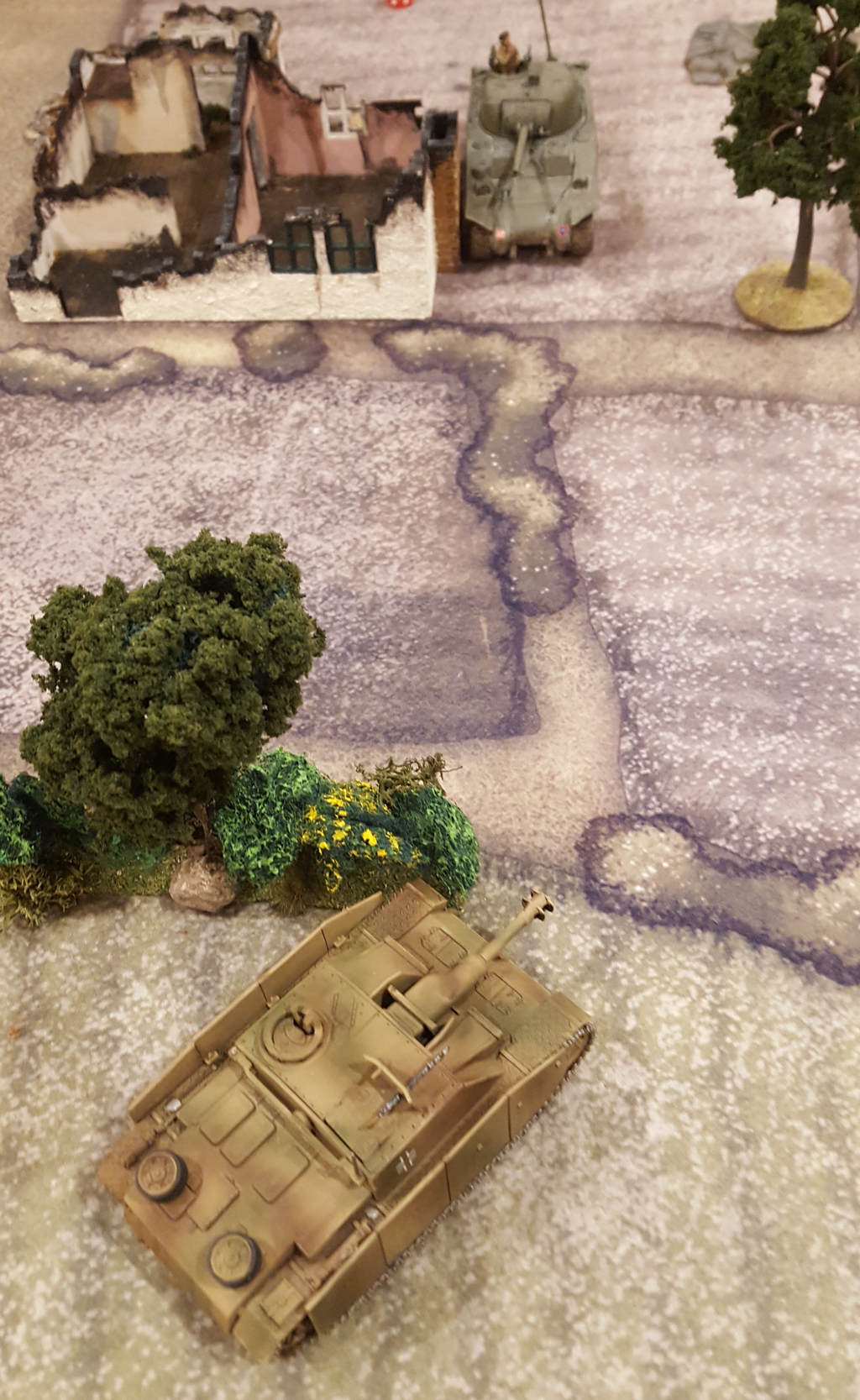
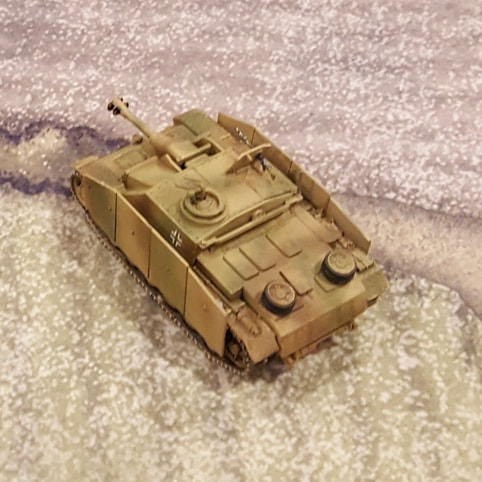
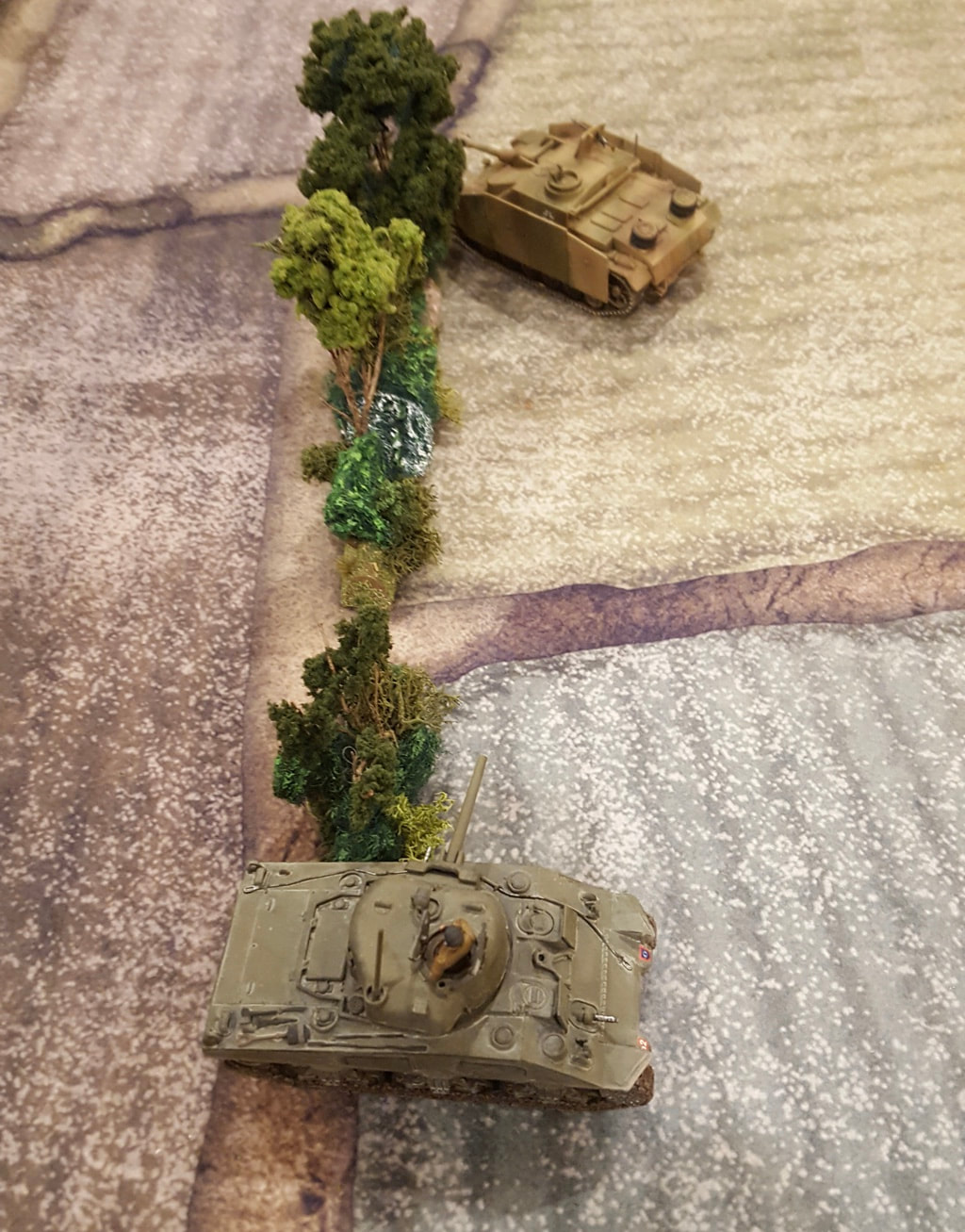
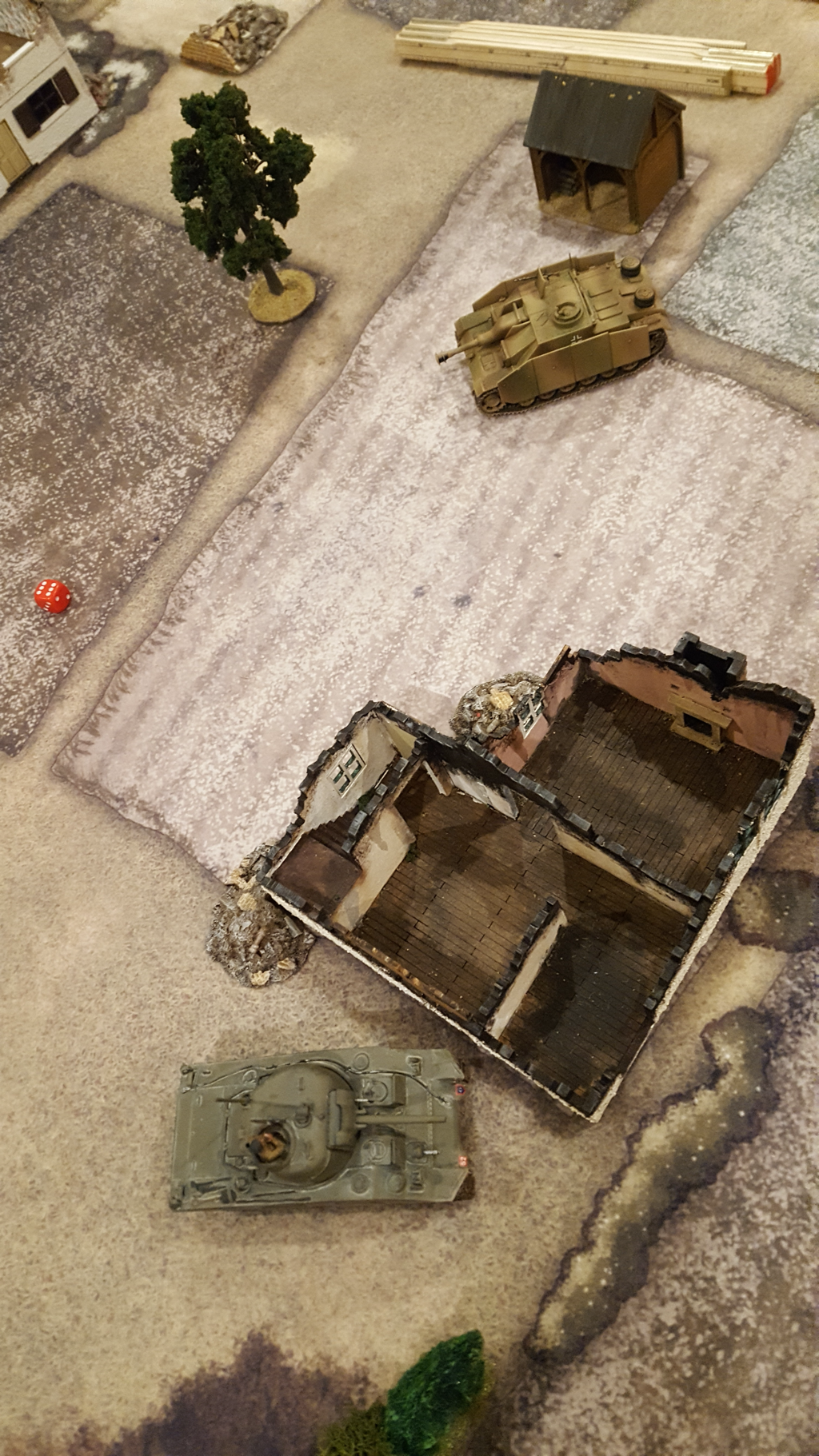
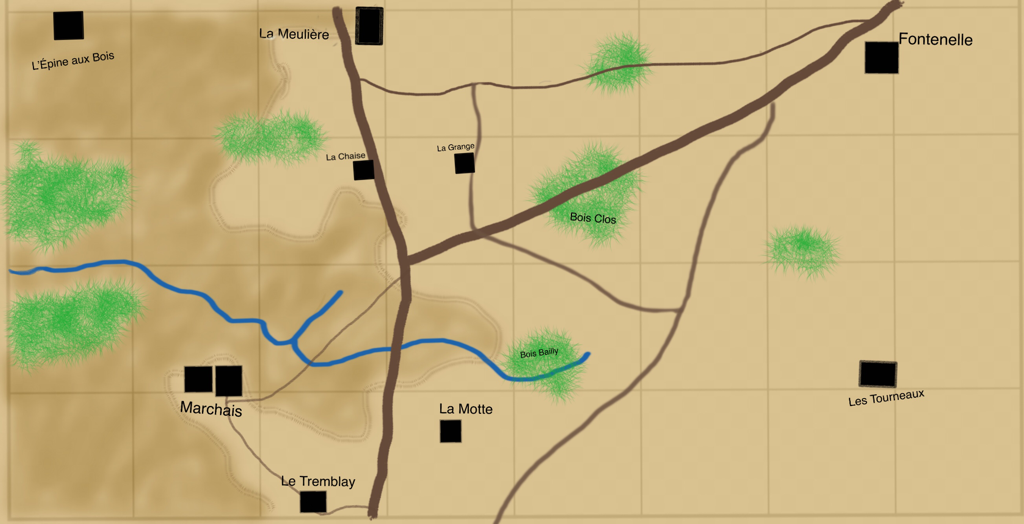
 RSS Feed
RSS Feed